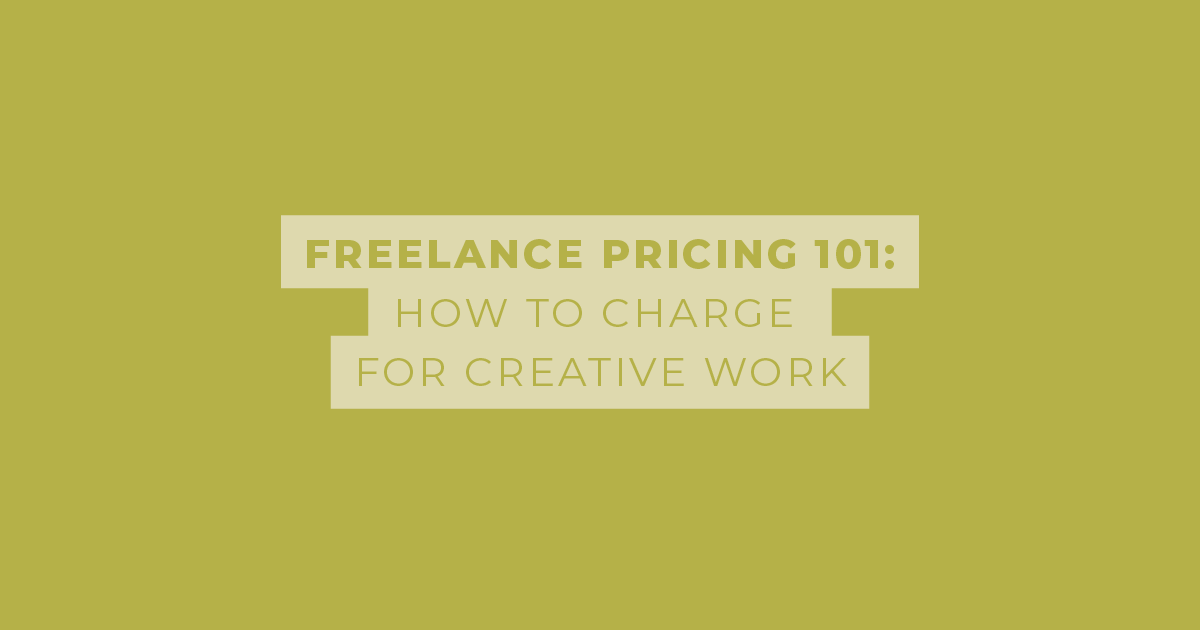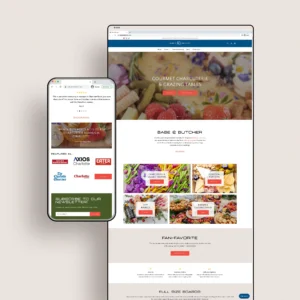
Freelance Pricing 101: How to Charge for Creative Work

(Without Second-Guessing Yourself Every Five Minutes)
If you’ve ever stared at a blank invoice wondering, “Is this too much? Too little? Should I just go live in the woods and avoid this conversation altogether?” — welcome. You’re in the right place.
Pricing is one of the trickiest, most emotional parts of freelancing. Whether you’re a graphic designer, illustrator, motion designer, or a “make-things-for-people” kind of creative, figuring out freelance pricing is a rite of passage.
The good news? There’s no single “right” way to charge. The better news? You can create a system that pays you fairly and helps your business thrive. Here’s how:
1. Start With Your Numbers
Before quoting anyone, figure out what it costs for you to live and run your business. This includes:
- Rent/mortgage, bills, groceries, childcare
- Business tools like Adobe Creative Cloud or animation software
- Software for invoicing, time tracking, or project management
- Savings, taxes, and a cushion for slow months
Once you know your baseline, you can work backward to figure out an hourly rate that covers your expenses and leaves room for profit. Even if you charge a flat rate, this number is your secret benchmark.
2. Track Your Time
Even if you know roughly how long it takes to complete a logo or illustration, the truth is projects often include:
- Concepting & sketches
- Revisions (sometimes one too many)
- Emails & meetings
- Final file prep
A time tracker will show you how long projects actually take. That knowledge is gold when setting flat rates or building retainers. (I like Toggl, but Harvest, Dubsado or others work too.)
3. Hourly, Flat Rate, or Retainer
There are three main approaches to freelance pricing for designers:
Hourly:
- Great for smaller projects, unclear scopes, or ongoing work
- Protects against scope creep
- Easy to calculate, harder to market
Flat Rate
- Ideal for projects with clear deliverables (branding, websites, packaging)
- Charge one price for a set of deliverables, not just time
- Still calculate internally based on your hourly rate + padding for revisions and other variables
Retainers
- Recurring monthly hours or deliverables
- Gives consistent income and client relationships
- Works well for social graphics, website updates, or ongoing brand support
4. Protect Yourself From Scope Creep
Scope creep = the freelancer’s nightmare. Prevent it by clearly defining the deliverables that are included, the number of revisions, and any extras that require additional charges. This keeps projects smooth, clients happy, and your sanity intact.
5. Know Your Value
Clients aren’t just paying for your software or hours. They’re paying for:
- Strategy and creative thinking
- Expertise and experience
- Efficiency and problem-solving
- A smoother, more professional experience
When you understand your value, establishing your ideal freelance pricing / design rates feel less like guesswork and more like what you deserve.
6. Communicate Rates Confidently
Say it once, say it clearly:
“This brand identity package starts at $3,500.” “My hourly rate is $100/hr.”
No over-explaining. Confident delivery sets expectations and attracts the right clients.
7. Review and Adjust
Pricing evolves as you improve your skills, work faster. build a stronger portfolio, and deliver bigger transformations.
Raise your rates gradually. If you’re always booked, overwhelmed, or getting “yes” too easily, your rates are probably due for a lil’ bump.
Final Thoughts
Pricing is not about guesswork — it’s about clarity. Clarity about your time, your value, your boundaries, and your expenses. When you approach pricing with intention, your clients feel that confidence too.
Remember: you’re learning. You’re building. You’re growing. And your pricing can — and should — grow with you!





